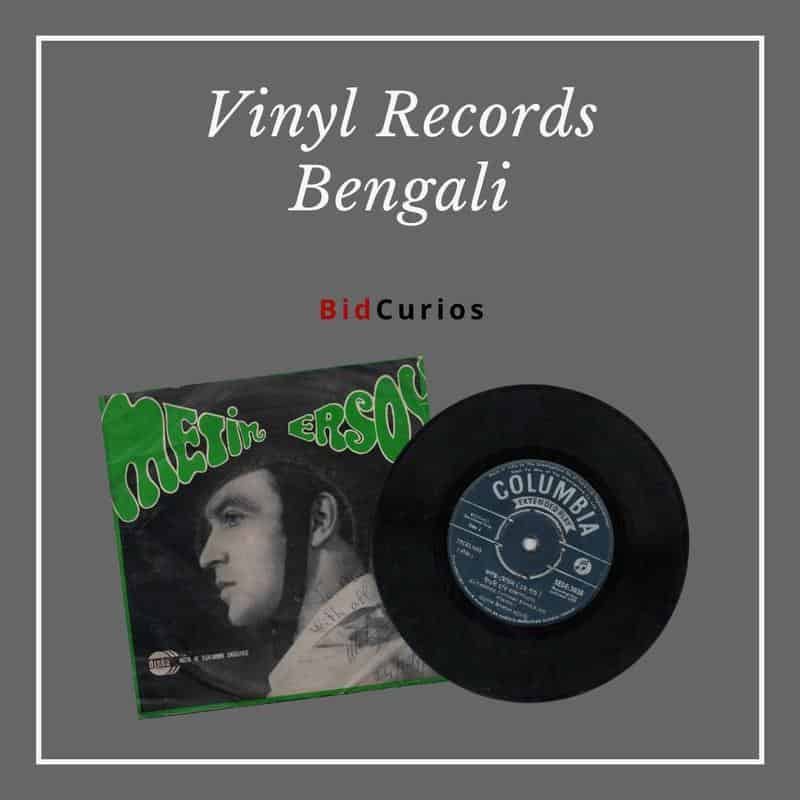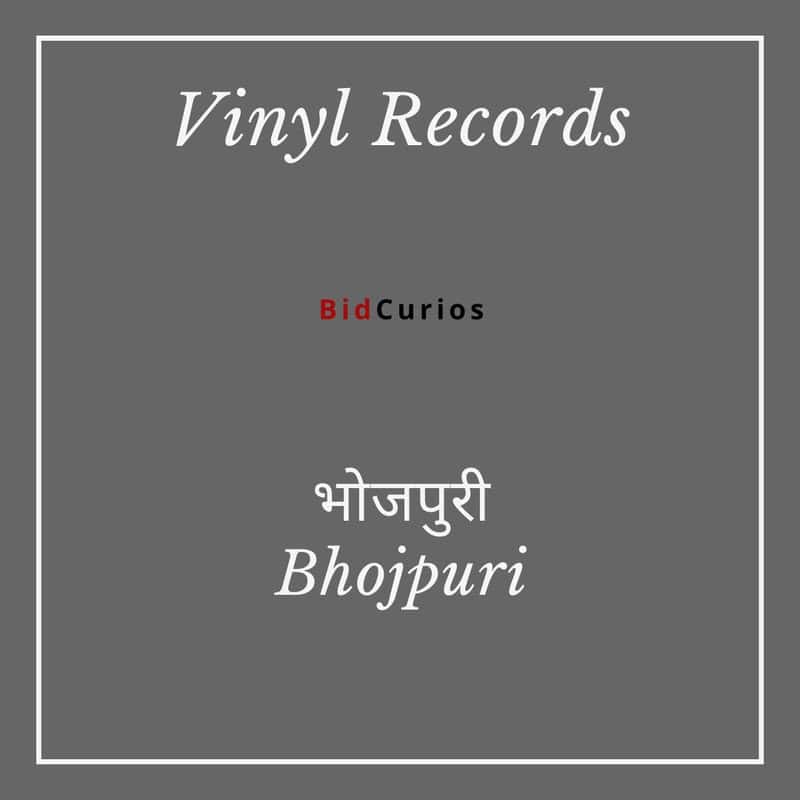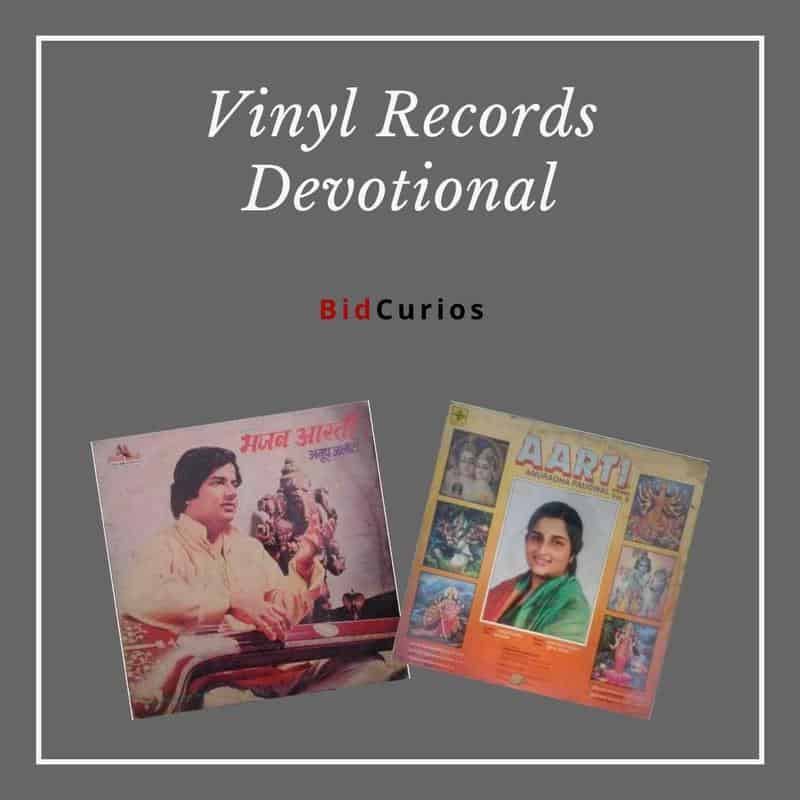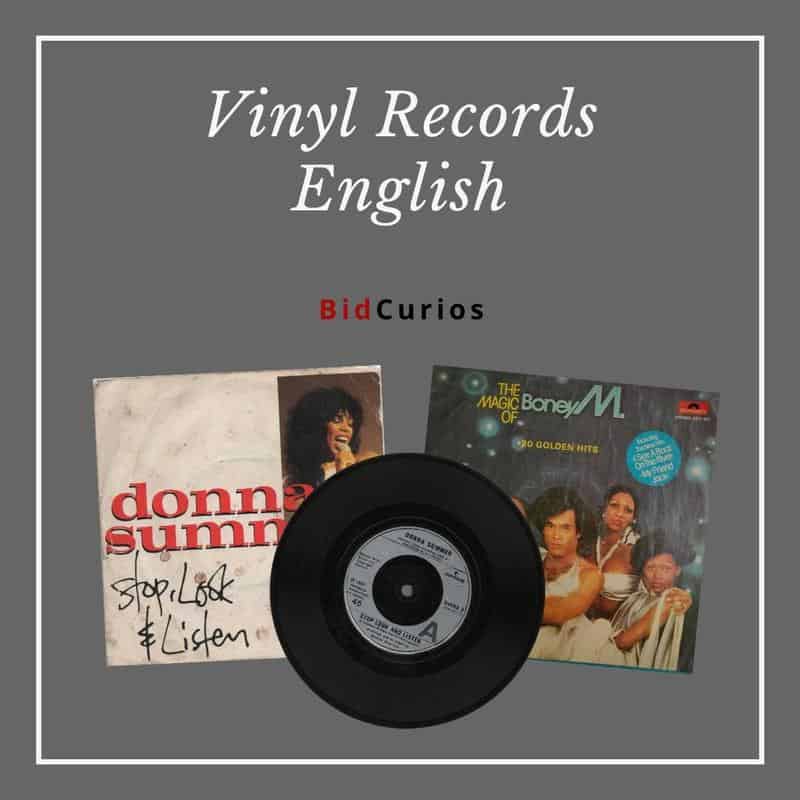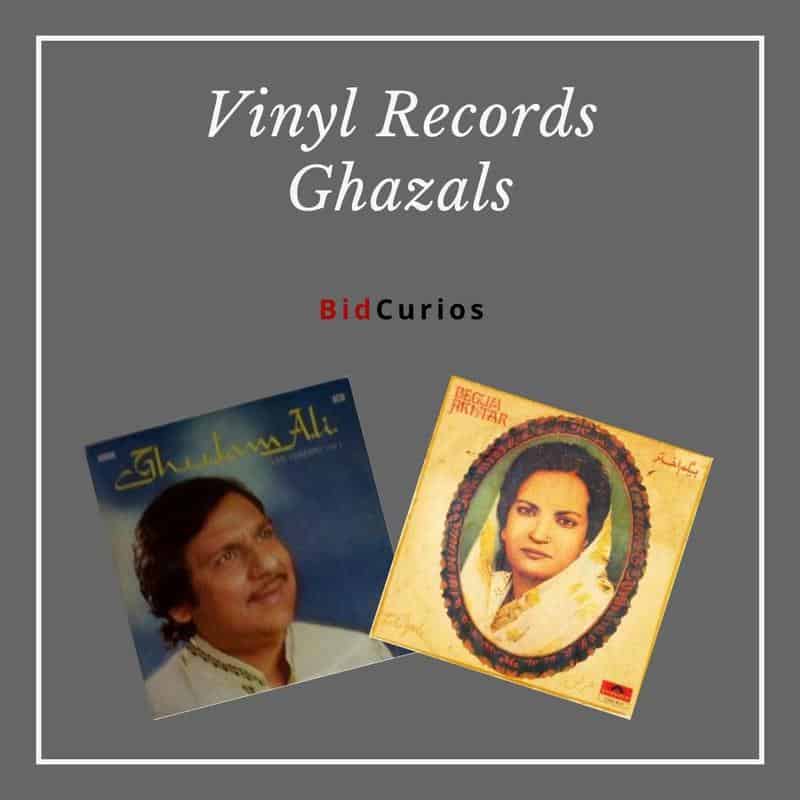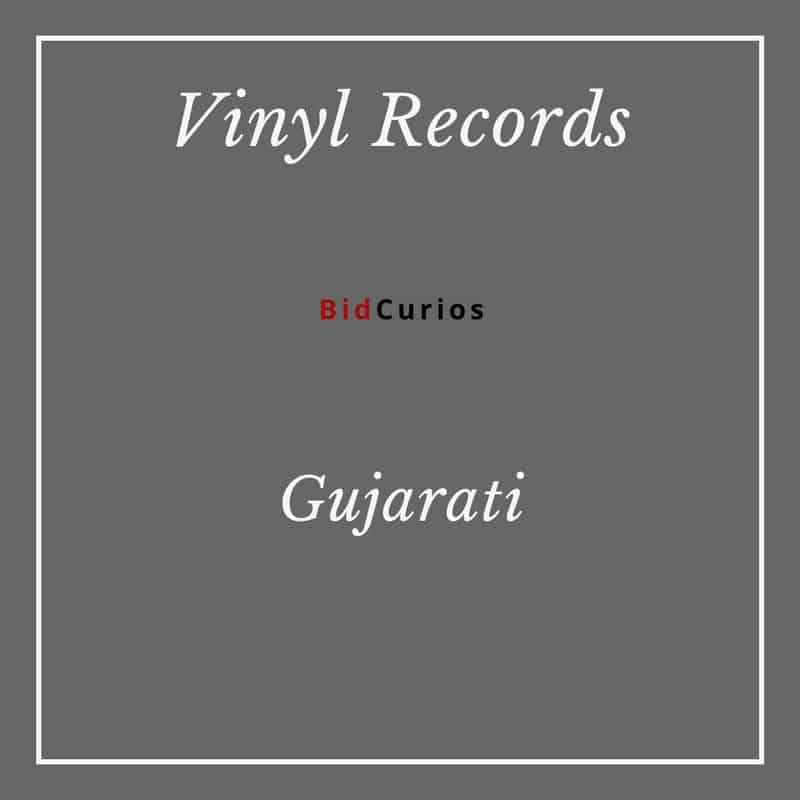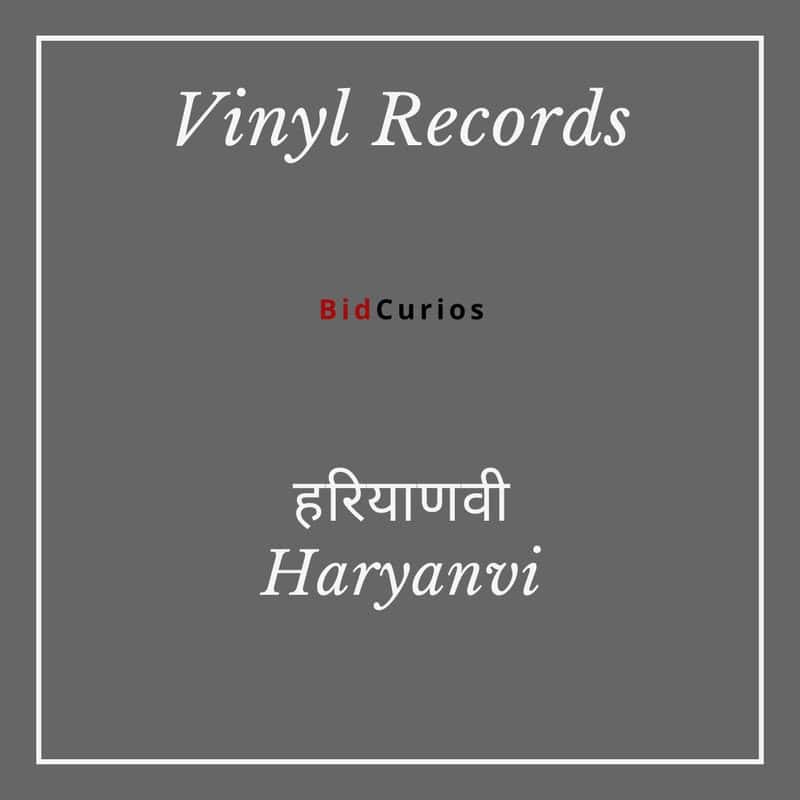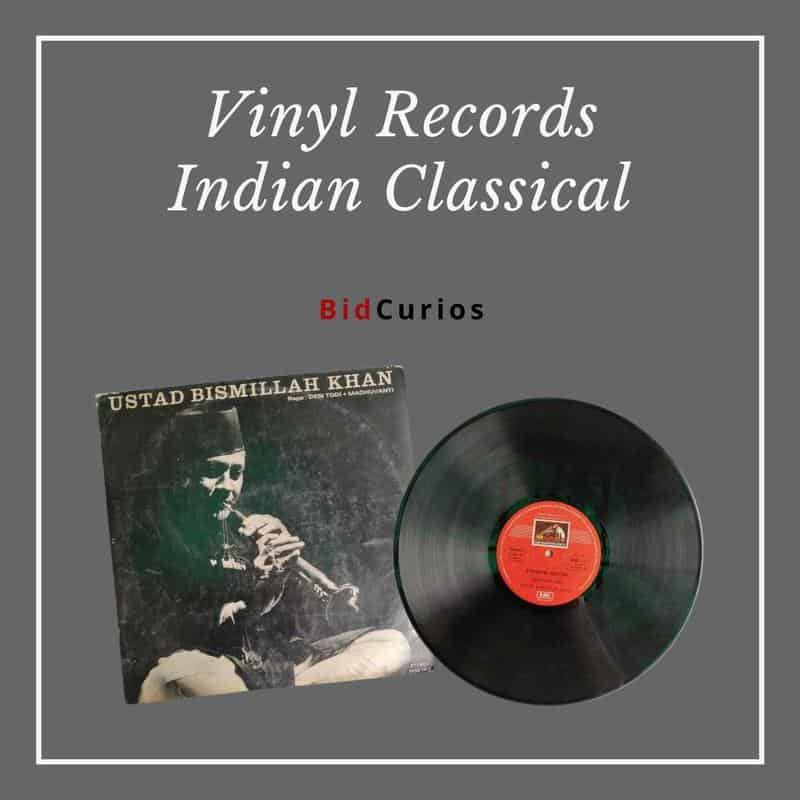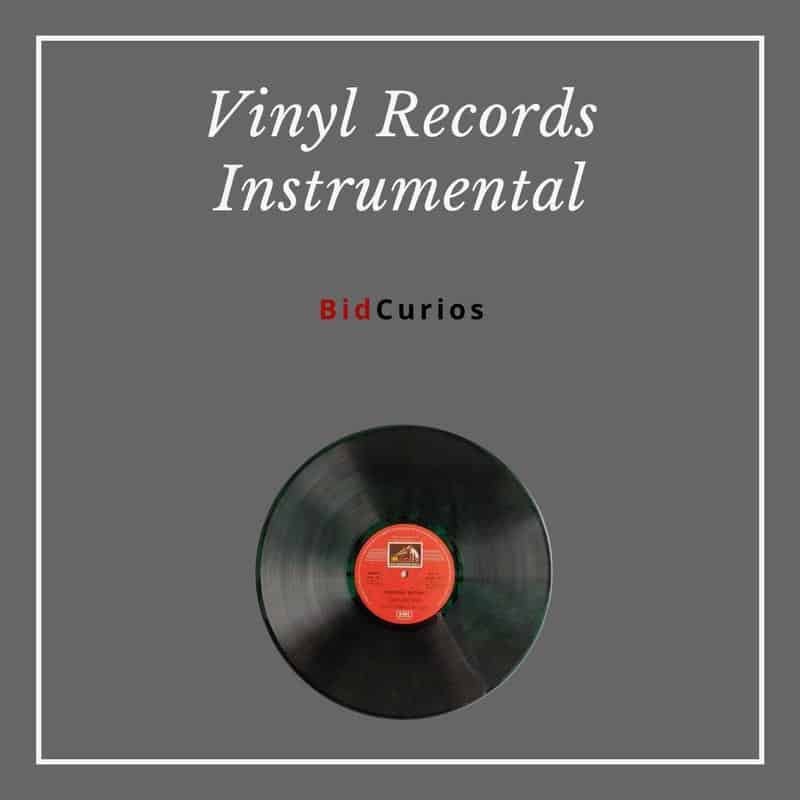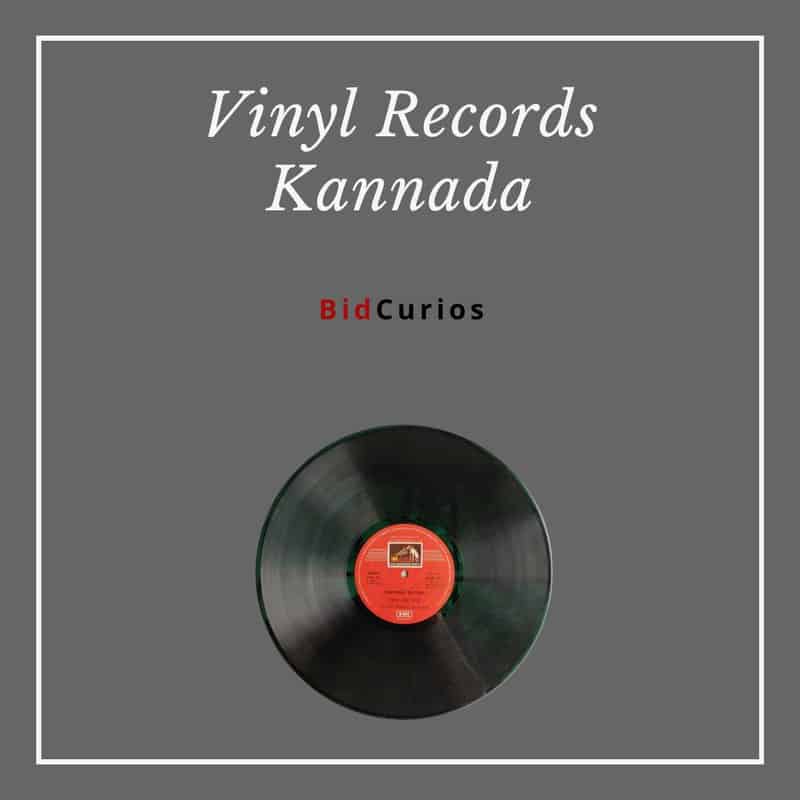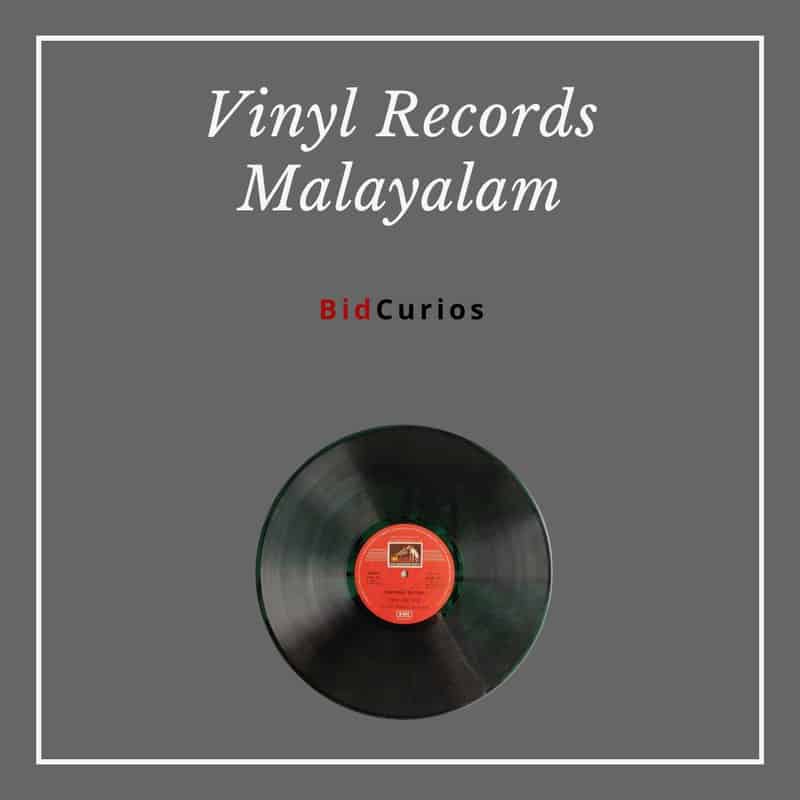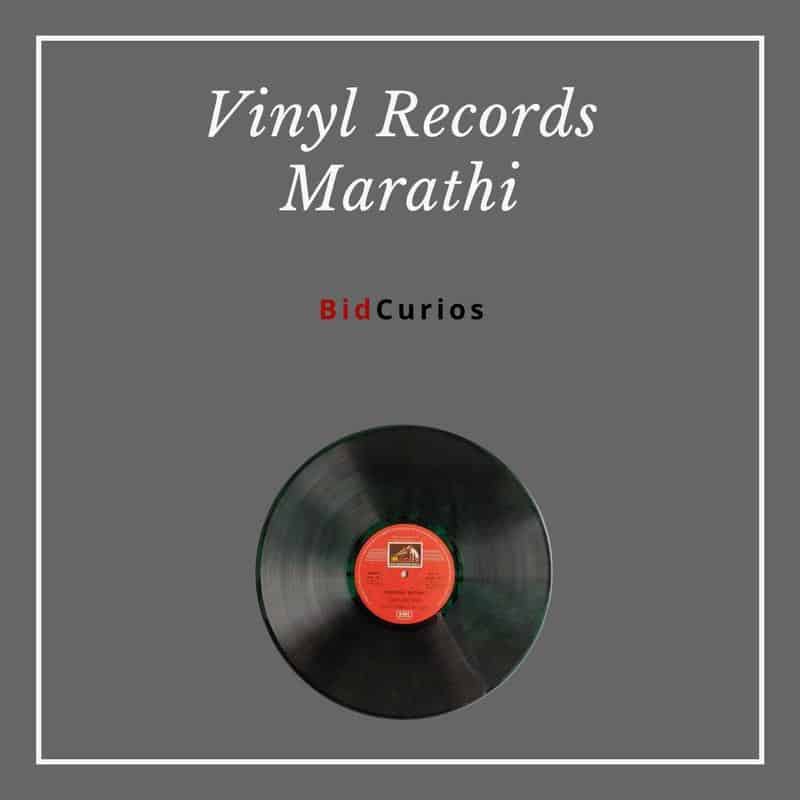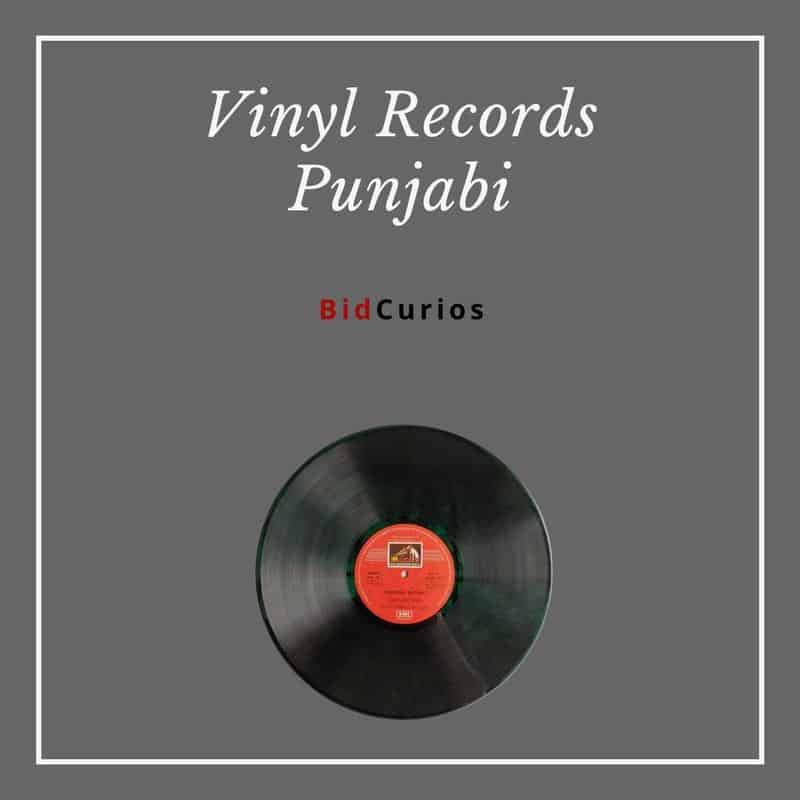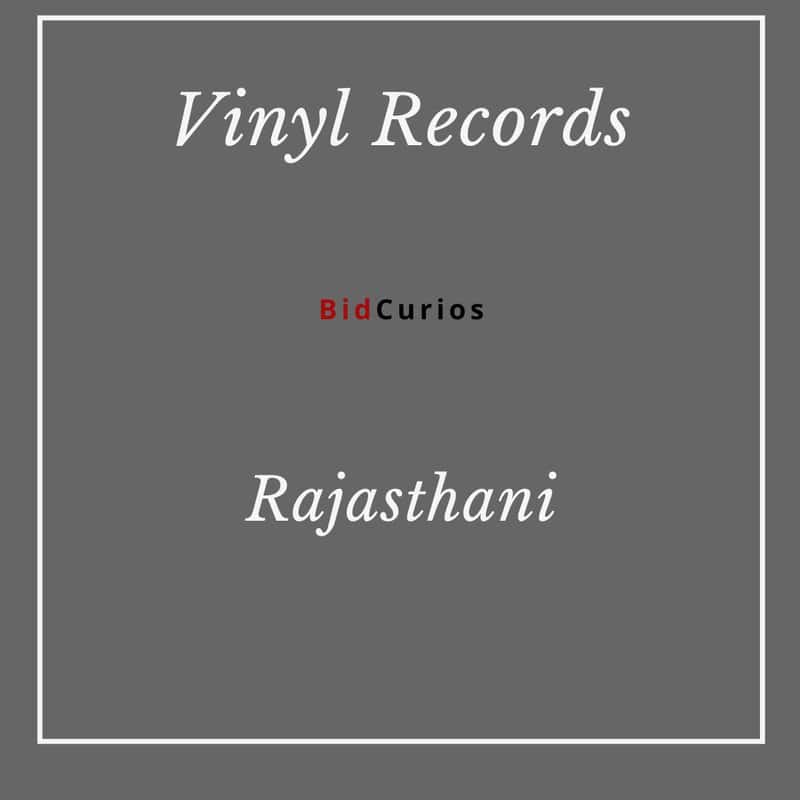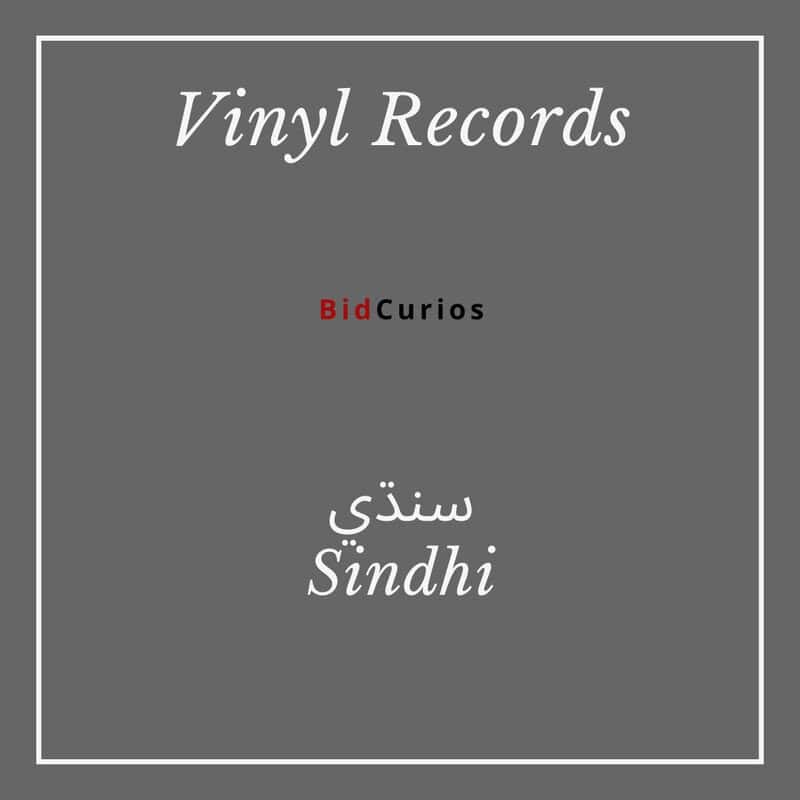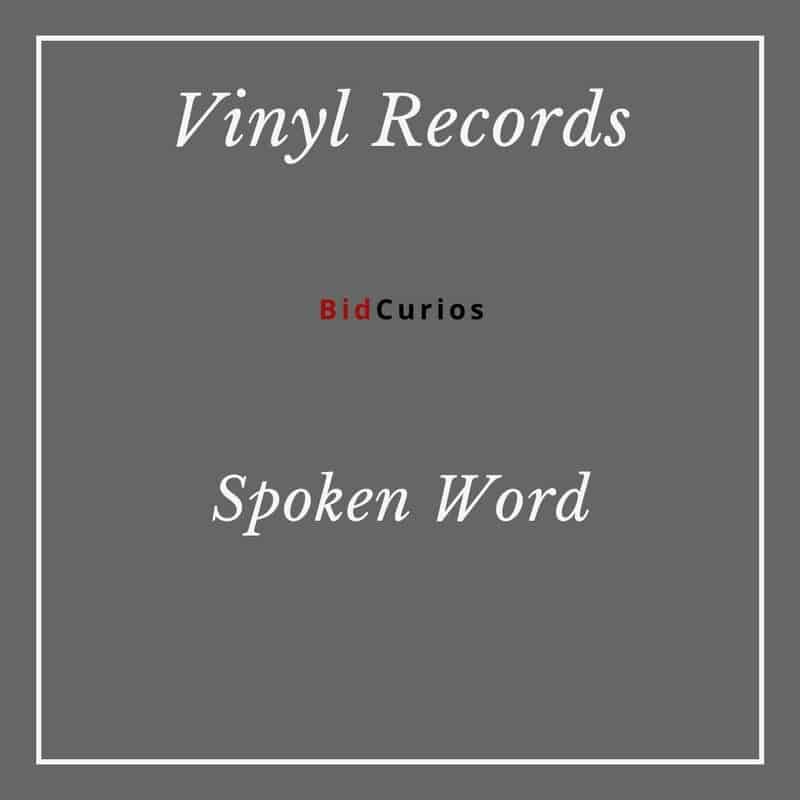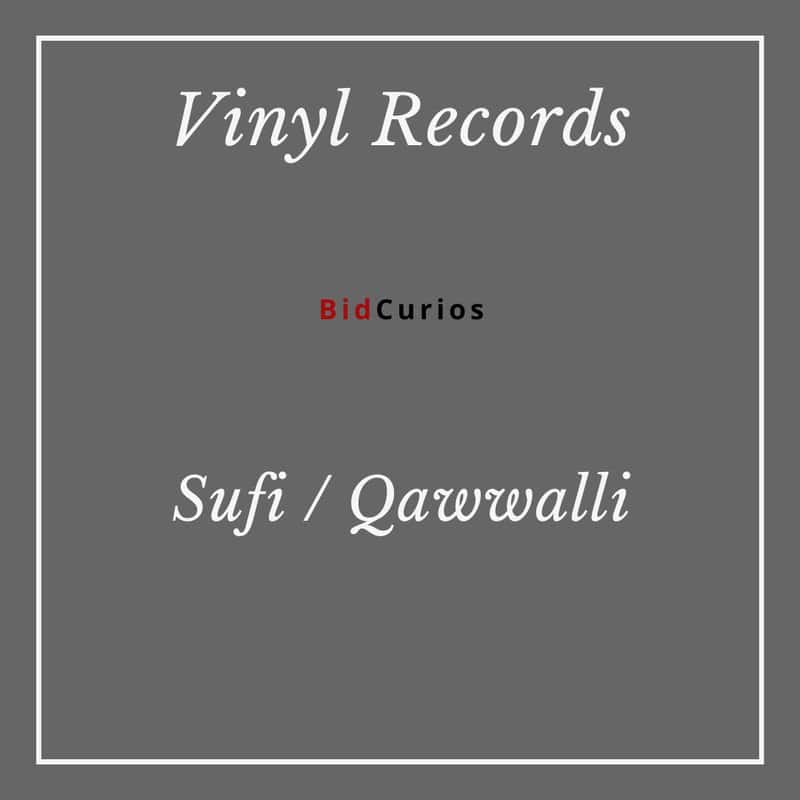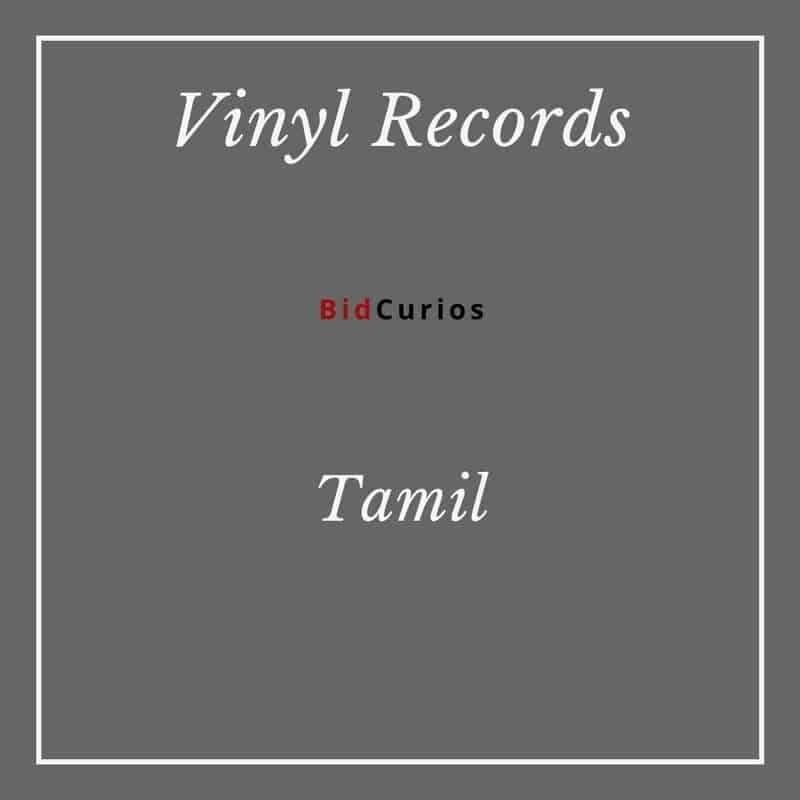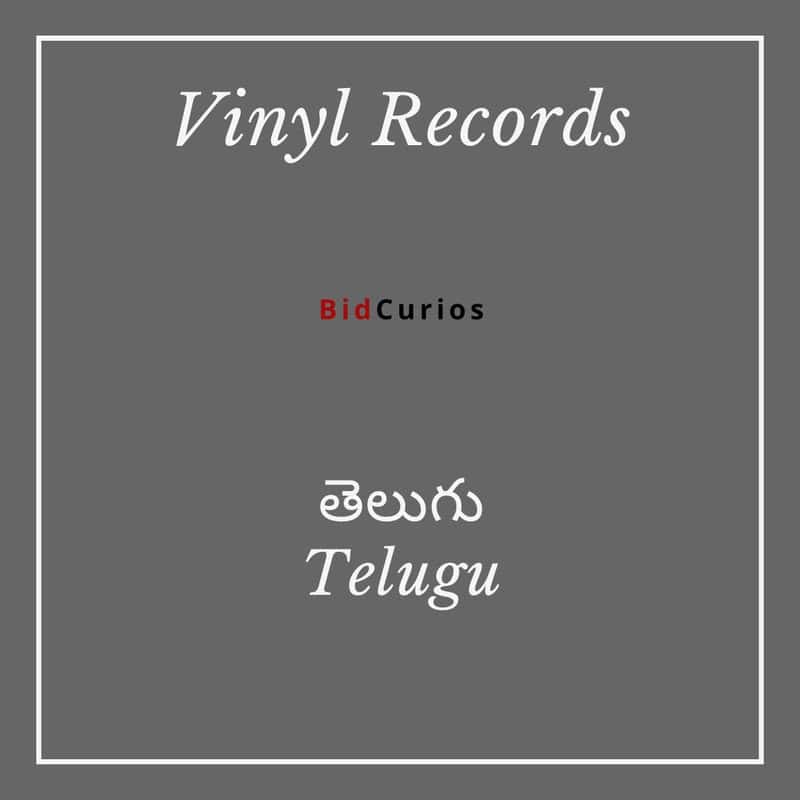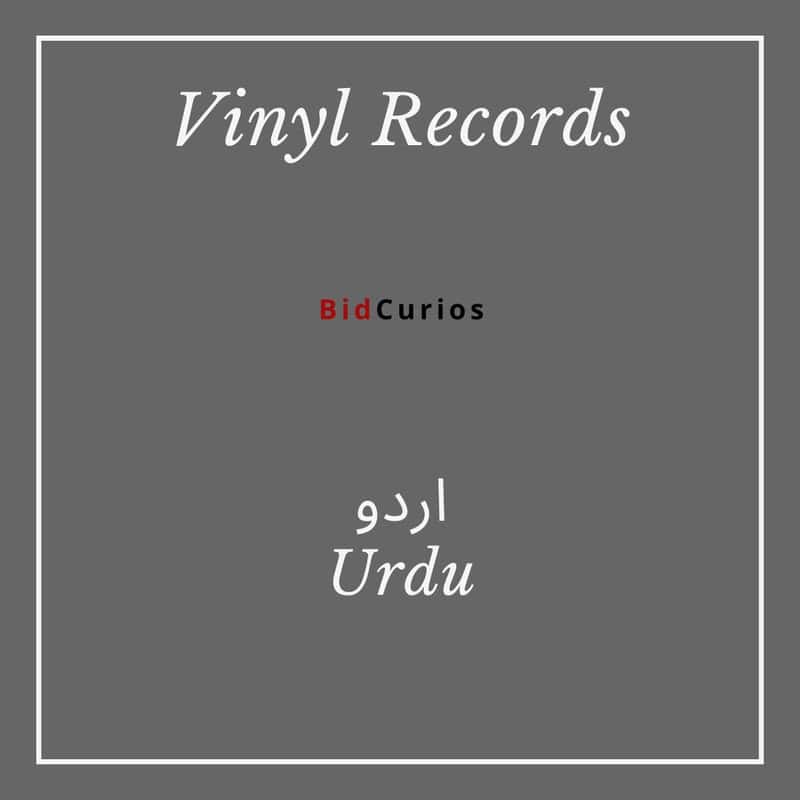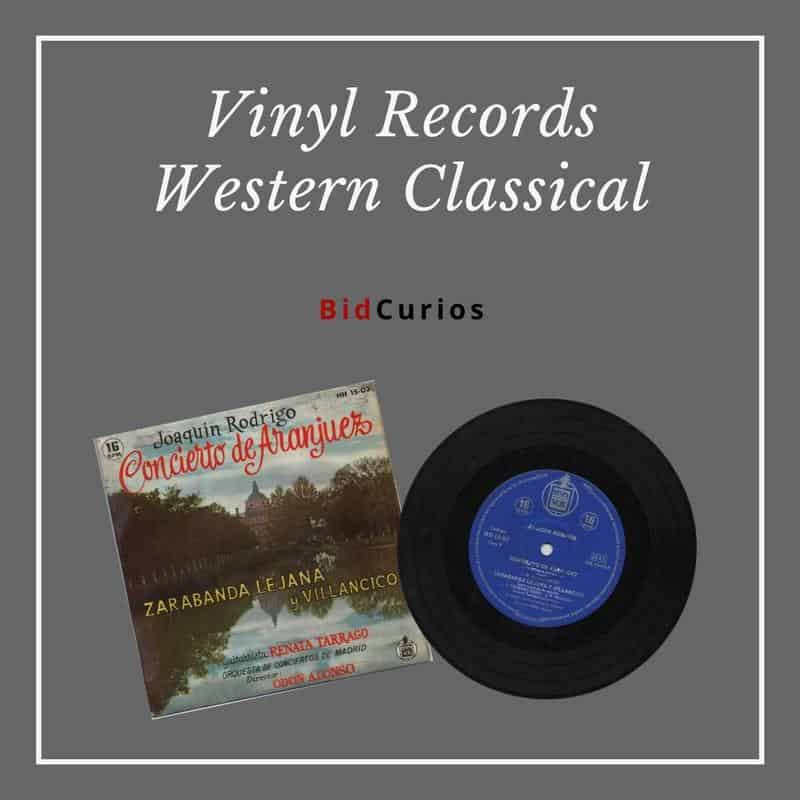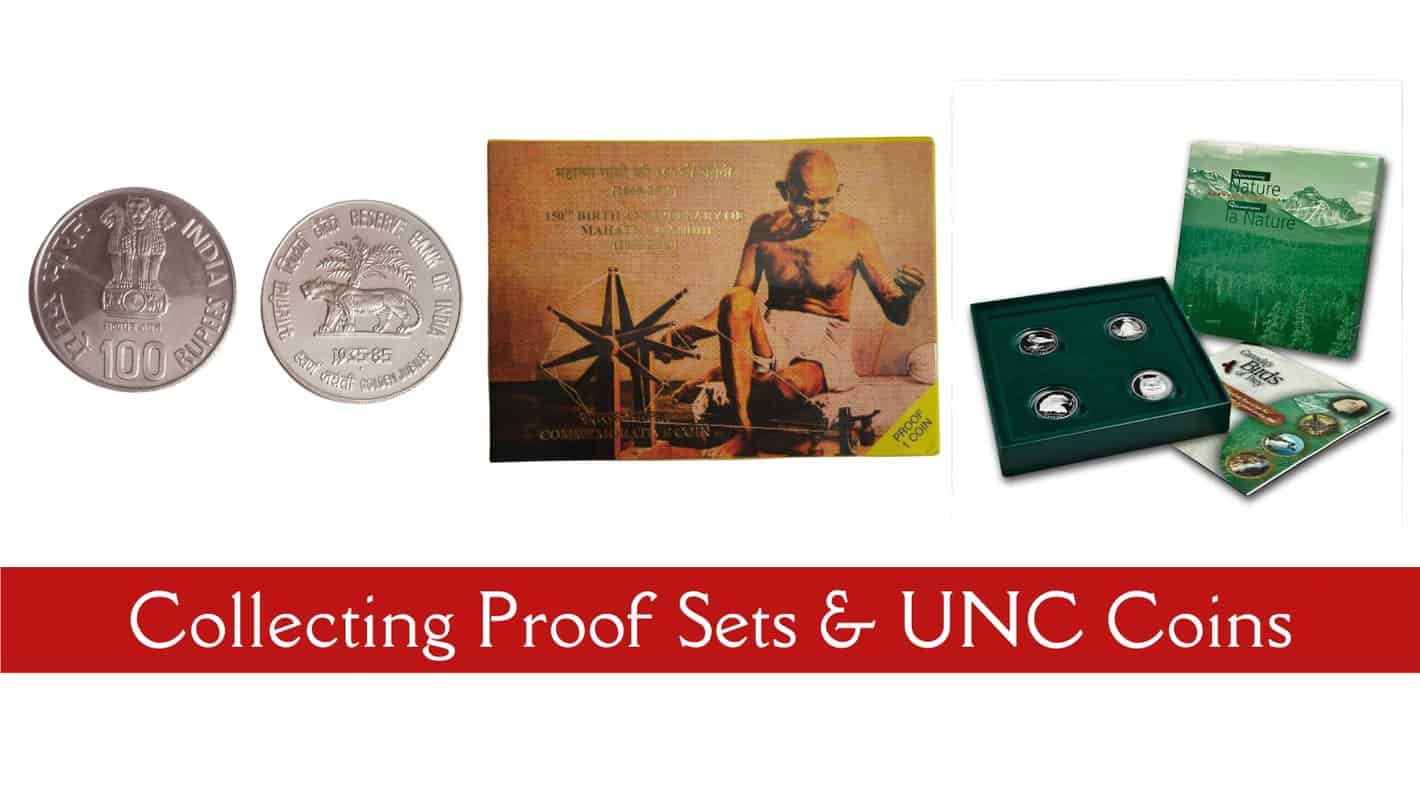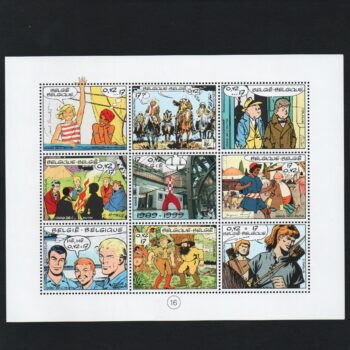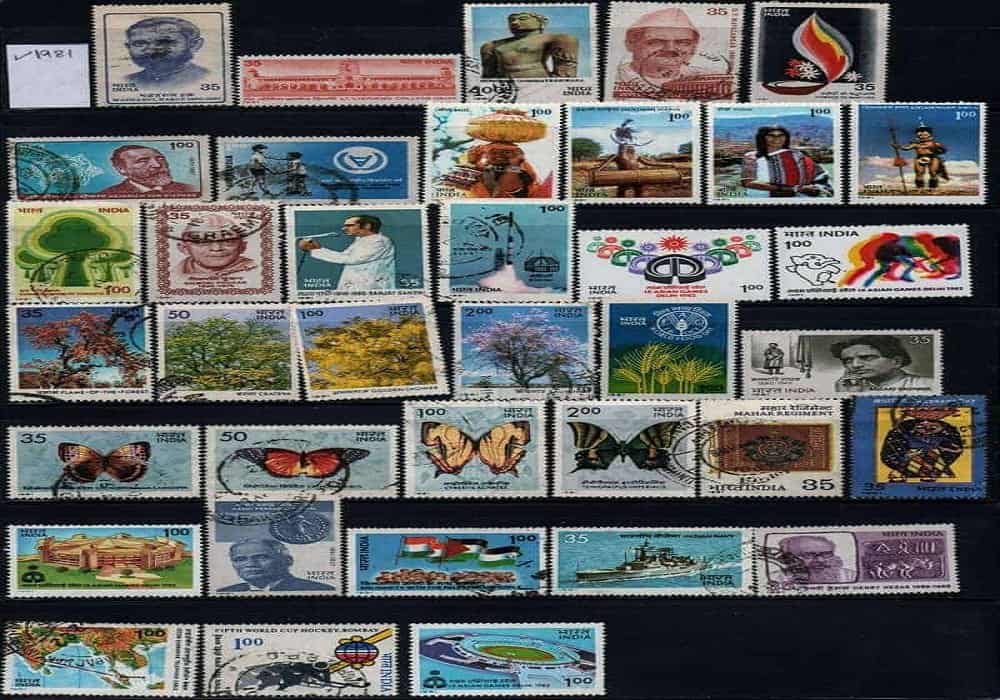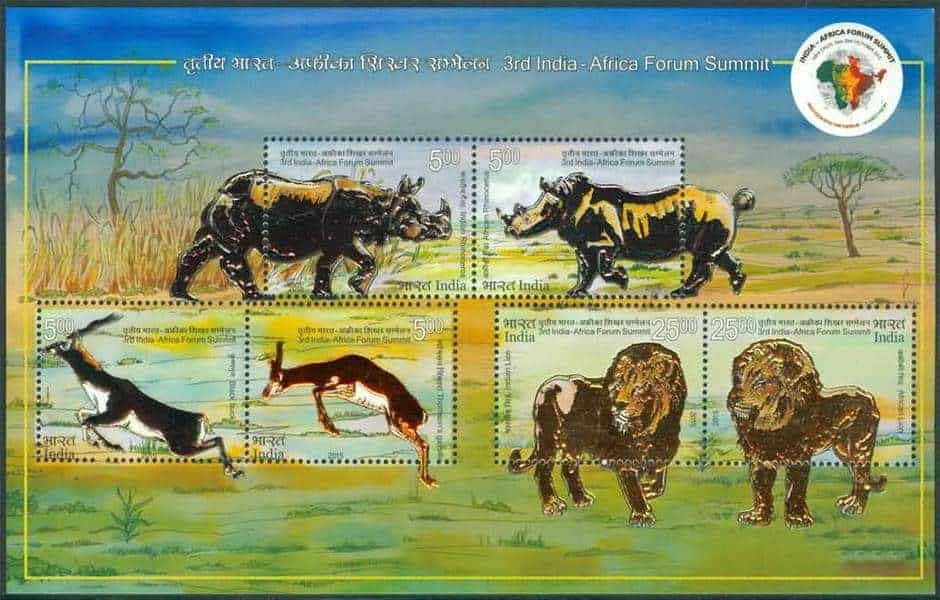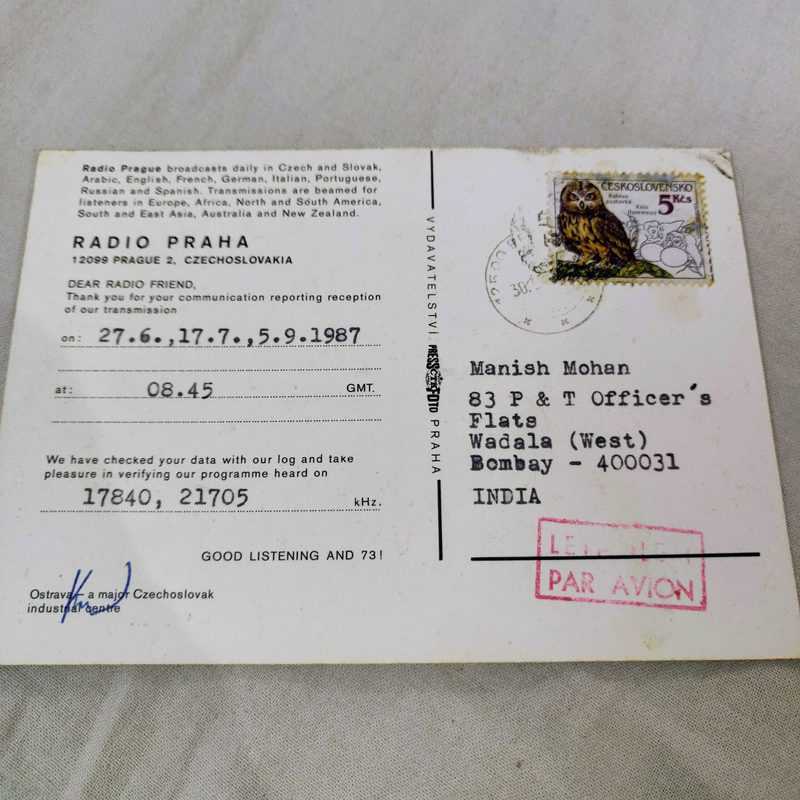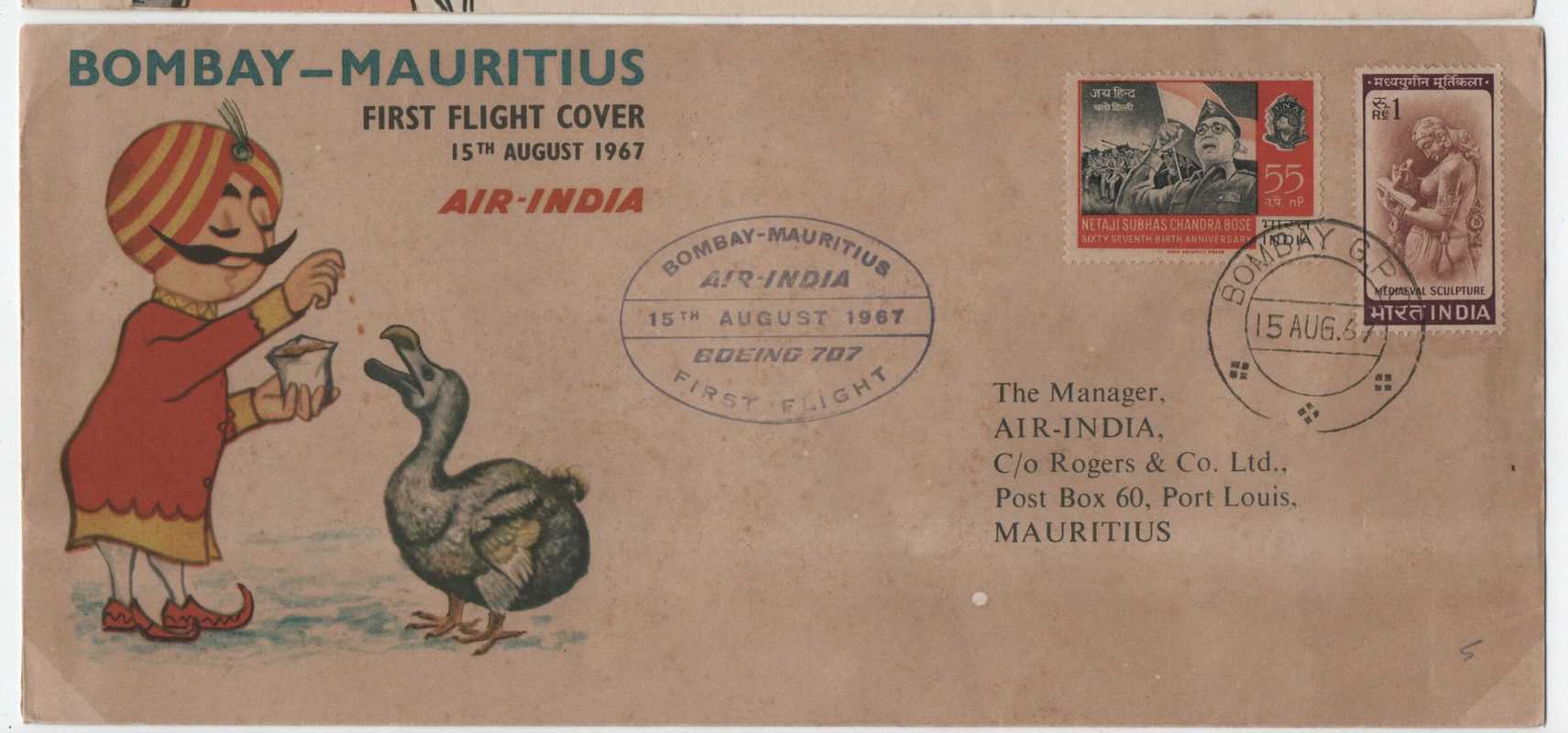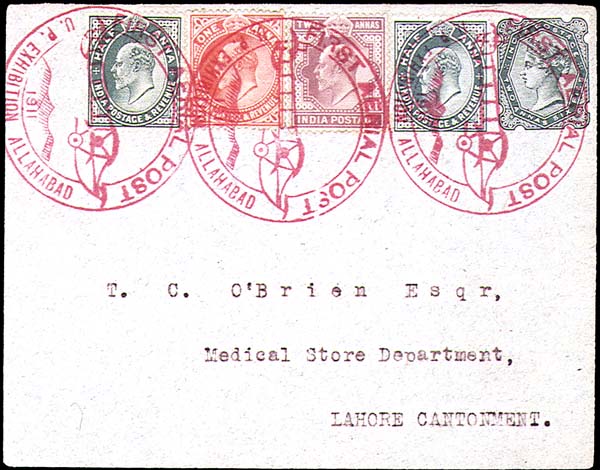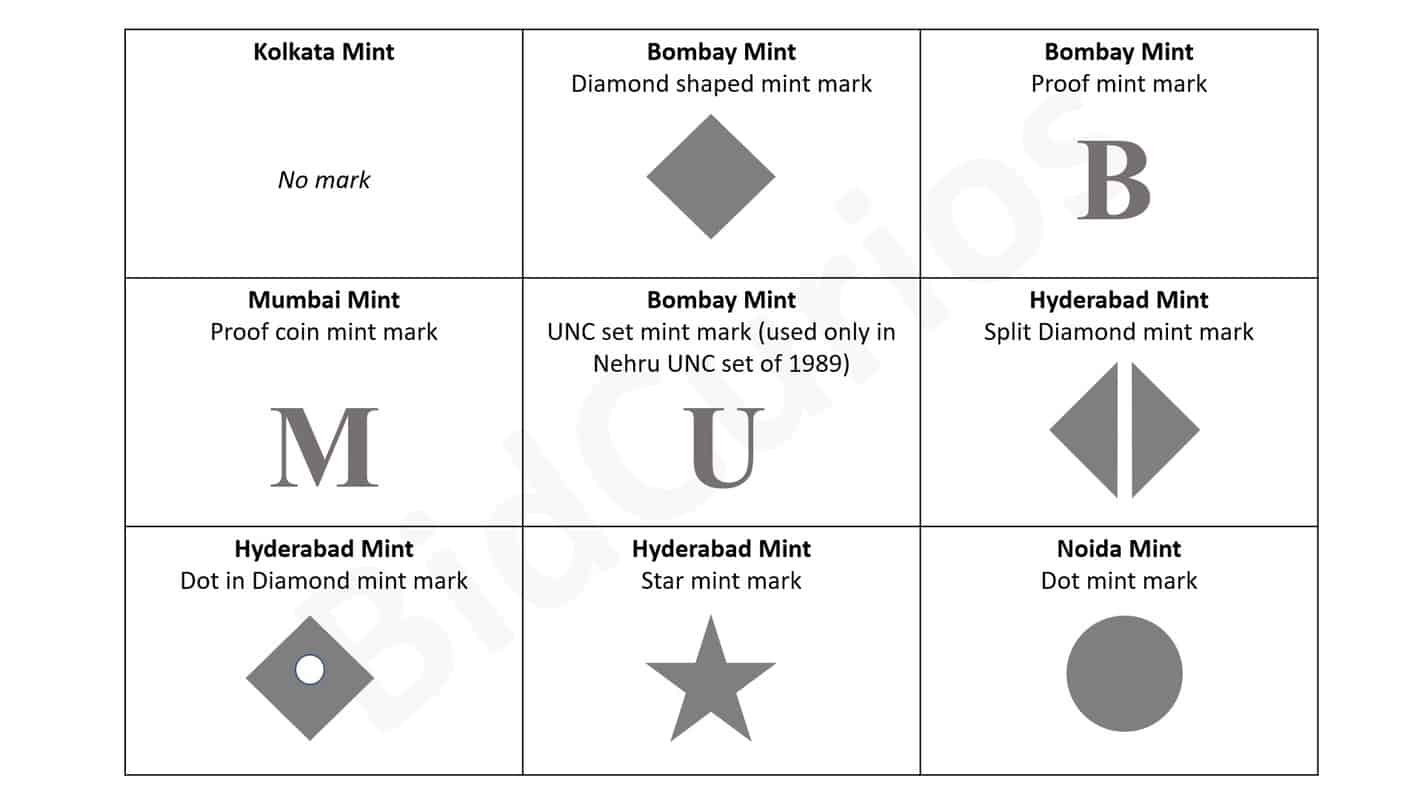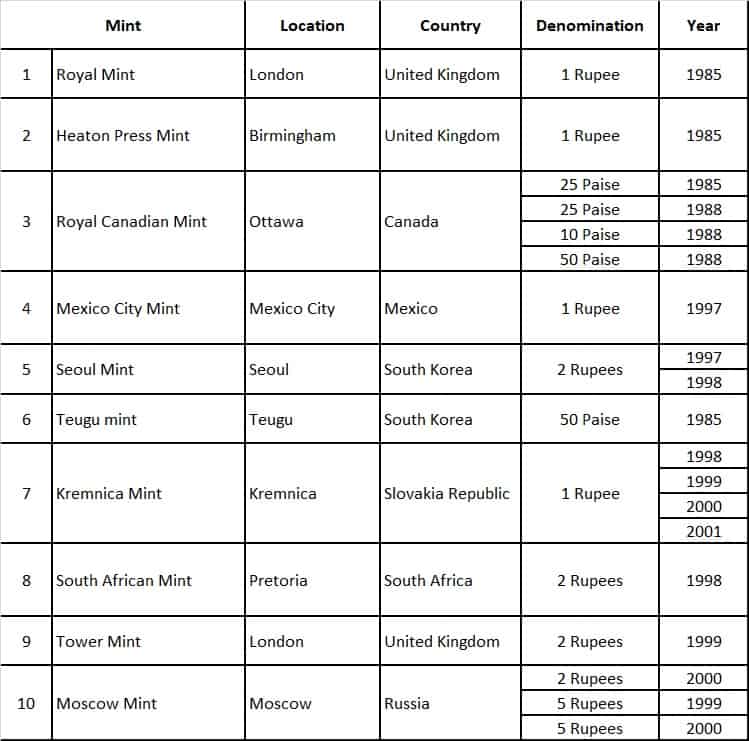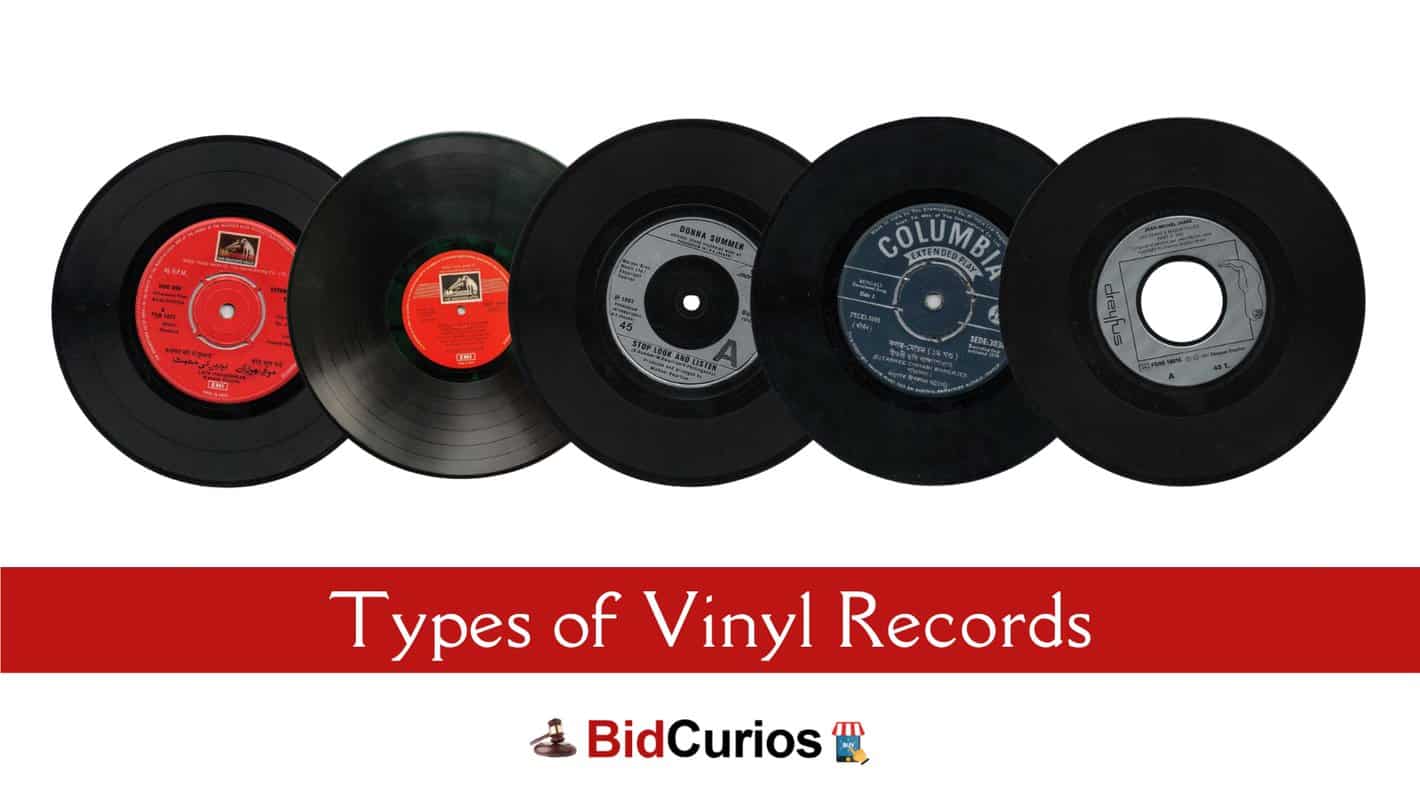
Vinyl records are making a comeback in the age of streaming music. Many music lovers are turning to vinyl records for their warm sound, beautiful album artwork, and physical format. Vinyl records are for true music lovers who appreciate the experience of listening to music on a turntable.
If you’re new to vinyl records and want to start building your collection, you might be overwhelmed by the different types of vinyl records available. In this blog post, we’ll guide you through the different types of vinyl records and how to recognize each type.
Types of Vinyl Records
The following are various types of vinyl records:
- Shellac records, 10” 78 rpm
- LP (Long Play), 12” 33 1/3 rpm
- EP (Extended Play), 7” 45 rpm
- SP (Single Play)
- Flexi Disks
Shellac Records
The Shellac record was the first type of vinyl records. These are 10” in diameter and play at 78 revolutions per minute (rpm) and are typically heavier, harder, colder and more rigid records compared to all other kinds. View Shellac Records listed on BidCurios.
LP Long Play Vinyl Records
The LP replaced the Shellacs in the 1950s. LP stands for “long-playing” and typically contains 8-12 songs on each side. The LP is the most common type of vinyl record and is still being produced today. LPs are 12” in diameter and play at 33 1/3 rpm. View LPs listed on BidCurios.
EP Extended Play Vinyl Records
The EP (extended play) is smaller than an LP and typically contains 2-4 songs on each side. The EP was popular in the 1960s and 1970s and is still being produced today, especially in the punk and indie music scenes. EPs are 7” in diameter and play at 45 rpm. View EPs listed on BidCurios.
SP Single Play Vinyl Records
The SP (single play) is a smaller vinyl record that was popular in the 1950s and early 1960s. It typically contains one song on each side and is often called a “45” because it plays at 45 rpm. These are usually 7” in diameter. View SPs listed on BidCurios.
Flexi Disks Vinyl Records
Flexi disks are a type of vinyl record that is flexible and can be folded. They were popular in the 1960s and 1970s and were often given away as freebies with magazines or as promotional items. They typically contain one song on each side and can only be played a few times before they wear out.
To recognize each type of vinyl record, you can look for the size and the label. The 10″ shellac record is easy to recognize because it is harder than the other types of vinyl records. LPs are typically 12″ in diameter and have a small hole in the center. 7″ EPs are smaller than LPs and also have a small hole in the center. SPs are also 7″ in diameter but have a larger hole in the center. Flexi disks are usually smaller than LPs and may come in round or square shapes.
What record type will play in your record player?
It’s important to check if the vinyl record you want to buy will play in your record player. Most modern record players can play 12″ LPs, 7″ EPs, and 45s. However, some record players might not be able to play 10″ shellac records or flexi disks. Make sure to check the specifications of your record player before buying a vinyl record.
Most old “gramophone” record players will play only Shellac 10” records. If you have an old gramophone that doesn’t have speed settings, it is most likely that it will only play 78 rpm Shellac records.
Where to buy vinyl records in India?
Building a vinyl collection can be a fun and rewarding experience. You can start by looking for vinyl records at your local record store or online marketplaces like BidCurios.com. BidCurios.com is India’s leading marketplace for collectibles, including vinyl records. You can find rare and vintage vinyl records at BidCurios.com and choose from wide selection of genres. Click the link to view the vinyl records listed on BidCurios.
In conclusion, vinyl records are making a comeback in the age of streaming music. If you’re new to vinyl records and want to start building your collection, it’s important to recognize the different types of vinyl records and check if they will play in your record player. BidCurios.com is a great place to start building your vinyl collection, with a wide selection of rare and vintage vinyl records. Enjoy the warm sound and physical experience of listening to music.
Check out vinyl records available on BidCurios
Vinyl Records

Sri Sathya Sai Bhajans Devotional LP Vinyl Record Condition-95%
₹3,000.00

Ek Kali Muskayee Bollywood Movie LP Vinyl Record Condition-90%
₹1,800.00

Aftaab Ghazals By Ashok Khosla Ghazals LP Record Condition-90 to 95%
₹2,000.00
Browse different Vinyl Record Categories:







